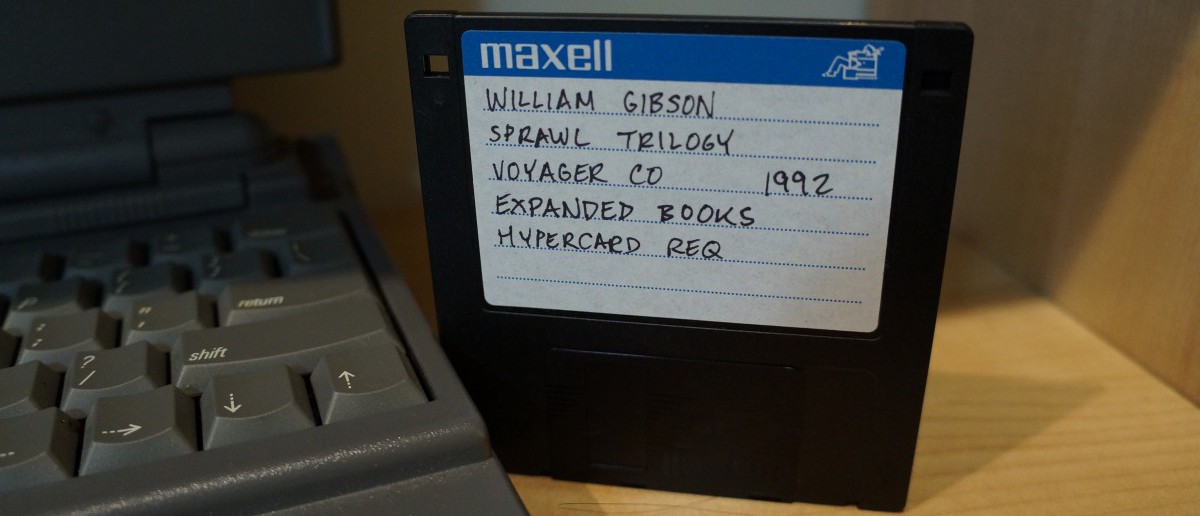Let’s use the first ten minutes of class today to write summary memos on your reading for today’s class: Miller’s Digital Storytelling, Chapter 4, Interactivity and Its Effects. As you write your summary of the reading, you should note examples of interactivity that you have experienced or know about that we can discuss when we discuss the chapter. Post your memo as a comment to this blog entry.
4 thoughts on “Beginning of Class Writing: Miller’s Digital Storytelling, Chapter 4, Interactivity”
Leave a Reply
You must be logged in to post a comment.




To: Professor Ellis
From: Mariah Rajah
Re: Chapter 4 – Interactivity and its Effects (Miller)
Date: February, 22nd, 2016
This chapter from Miller’s, Digital Storytelling A Creator’s Guide to Interactive Entertainment was solely about explaining exactly what interactivity is; which as defined by her is the active relationship between two entities. Unlike passive engagement, interactivity allows its audience to actively participate whether by becoming completely immersed in the experience of a story or by navigating their way through the story on their own terms. Interactivity is the difference between is what makes the difference between traditional storytelling and digital storytelling. This difference also enables agency which is the ability given to the user to make their own choices in the story. This capability opens new doors and pathways in a story making it suitable and adaptable to each new and interacting audience member. It also goes without saying that each story must in someway or another be able to include interaction that is meaningful and satisfying to its users. If interactivity lacks this element of adding meaning users quickly becoming dissatisfied and lack motivation to participate. All in all interactivity allows for a user to create an artifact and become a part of the process of creation. Interactivity is a major characteristic of digital storytelling and allows it to be categorized as such.
Chapter four covers the interactivity aspect of digital story telling. Interactivity is broken down to INTER which means between and ACTIVE which is involvement or doing an action in relation to narrative content. Interactive stories give users the ability to navigate the story to their liking, making choices and control the outcome which is different from traditional stories or other interactive games with a fixed story line. These stories tend to be less linear, fixed and forces the author to give up much of their control. Users have the ability to move about the story using avatars or other animated characters to make choices and move about. Agency is the term given to distinguish user control and their ability of making choices. Often times these stories reflect real life events or symbolic drama that people are familiar with or may have lived through themselves.
To: Professor Ellis
From: Jodieann J. Stephenson
Re: Chapter 4 – Interactivity and its Effects (Miller)
Date: February, 22nd, 2016
In Chapter 4 of Miller’s book, she defines and explores the term interactivity and what it means in the age of digital media as well as digital storytelling. The term interactivity is a 2 word term which combines inter and activity (active). This unique marrying of the word allows users or often called audience a chance to manipulate, explore and influence the content in a variety of ways. This new affordance influences you to participate and have an effect on the story which is different than before. For many this allows a groundbreaking opportunity for communities to engage on a unique platform than before but at the same time it creates many challenges.
To: Professor Ellis
From: Pamela Drake
Subject: Digital Storytelling – Interactivity and its Effects (Miller)
Summary of Chapter 4
Date: February 22, 2016
In Chapter 4 of Digital Storytelling by Carolyn Handler Miller, Interactivity and its effects, Miller discusses how interactivity affects the way audiences experience narratives and the techniques that can be used to bring about a sense of cohesion in the collaboration. Miller explains that it is the interactivity of the audience that makes digital entertainment different from the passive form of traditional storytelling. As Miller explains, it is the interactivity that affords the user to have a “conversation” with the content and that conversation provides a unique journey for the user. Ultimately, this means that the writer gives up control of their work the story becomes a larger collaboration. But that, says Miller, is the success of the story when the user can be immersed and fully engaged in the production. Miller list the types of interactivity as stimulus and response; navigation; control over objects, communication, exchange of information, and acquisition. Miller states that they all combine to create a variety of experiences that users can participate in. This means that users can divulge in the creation and proactively impact the content based upon the type of interactive tool they are using. In addition, Miller examines the relationship between stories and games and refers to Janet H. Murray, a professor at the Georgia Institute of Technology, who claims there is a similarity in that games “can be experienced as symbolic drama” (65). By this, she means that games, like drama, can allow a user to act out important conflicts and challenges by providing activities that lead to emotional release. Miller ends by stating that just as the way we interact has changed, the way of the storyteller has also changed and it is now much more challenging for storytellers to find ways to increase user interactivity and engagement.